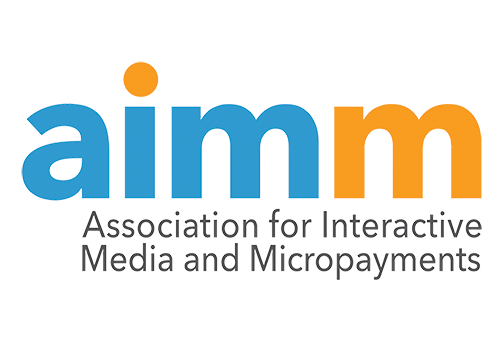By Rory Maguire, Managing Director, AIME
What is a Paywall and what are Hard and Soft Paywalls?
A paywall is a system that prevents Internet users from accessing digital content without paying for the content.
The content purchase can be via an App store such as Google Play and iTunes, via a credit card or stored value account such as Paysafe card, or via a mobile phone account using Charge to Mobile facilities. The latter is very popular with smart phone users.
There are both “hard” and “soft” paywalls in use.
“Hard” paywalls allow virtually no access to content without payment.
“Soft” paywalls use some content to entice the consumer and allow them to preview the quality of the content before asking for payment for premium type access or more detailed information. Some digital book sellers give away a first chapter free.
Newspapers such as the Times and the Sun in the UK have been implementing paywalls on their websites to increase their revenue.
Revenue has been diminishing due to a decline in print purchasing as the UK population consumes more content digitally through tablets and ereaders.
Publishers that have had a sophisticated online presence for some time have relied on advertising to fund the free content. Over the past two years, these publishers have seen a decline in advertising revenues due to the restricted screen space on smartphones and the reduced propensity of tablet users to respond to advertising.
Some publishers are also finding that their paywalls can be used to increase the number of print subscribers through increased subscribers and linked offers where the consumer cost of the print version and digital version combined is lower than the online or print version alone. Increasing print circulation also increases ad revenue, so the payback from this tactic is significant as print advertising generates five times the revenue than online advertising.
To generate subscribers and paywall revenue, digital content providers must create higher quality, innovation at become more attractive than their “free” content competitors.
Some people question the loss of democratic access to information via paid for content, but in order to fund the journalistic resources needed to generate the content in the first place, some payment has to be made. The Guardian online and the Times online are two opposite ends of the spectrum in their policies of free access versus paid for access to content.
What Paywall?
How do providers implement a paywall and how do they decide whether the paywall should be hard or soft.
The Times and the Sun have demonstrated that having a loyal following and creating a Brand that consumers engage with, allows the risk of a hard paywall. Both publications suffered from a massive decline in online readership when implementing a hard paywall, but a significant increase in revenue.
Other publications, that may not have a loyal following but may be found when consumers are researching, such as “What Camera”, when buying a camera or “Which” when buying a washing machine would benefit from a soft paywall. Provide enough information for the consumer to be satisfied that their purchase is worth it and then sell the premium access.
Some publishers may benefit from a hard paywall, but for single pieces of content instead of a regular subscription. This strategy may be dependent on brand recognition instead of content previews to convince the consumer to part with cash.
A new Paywall strategy is being discussed called a “Porous Paywall”. This strategy relies on developing consumer data, via access to the publisher site to establish intelligence on the consumer and improve advertising revenues. The intelligence can be accumulated on several visits with free content as the attraction. During this time, the consumer profiling becomes increasingly important to advertisers. At the stage that the consumer wishes to continue beyond the limited free access, the paywall requests content fees. A savvy consumer may reset their cookies and continue to access for free, but the profile has already been built and the consumer value established.
What payment method?
Dependant on the cost of the digital content, will a consumer get out their credit card and punch in 6 separate pieces of information taking 180 characters on a mobile device or while on the train with an iPad? For values around £1, probably not. Other payment forms such as Paypal and Amazon which utilise stored account details, give a lower friction but reduced payments as they are acting as intermediaries to the card companies.
Stored value cards such as Paysafecard enable the unbanked to convert cash to e-money and utilise this online. This reduces spontaneity but alongside other payment technologies is a viable option for population coverage.
Most Paywalls in place in the UK have not considered the mobile users account. This is virtually frictionless for the consumer and ideally suited to micropayments. The payout rate is again reduced as the mobile network has to collect the debt from its consumers, but services that implemented Charge to Mobile as it is now known alongside their current credit card based solutions have seen a 60% increase in transactions.
By Rory Maguire, Managing Director, AIME

